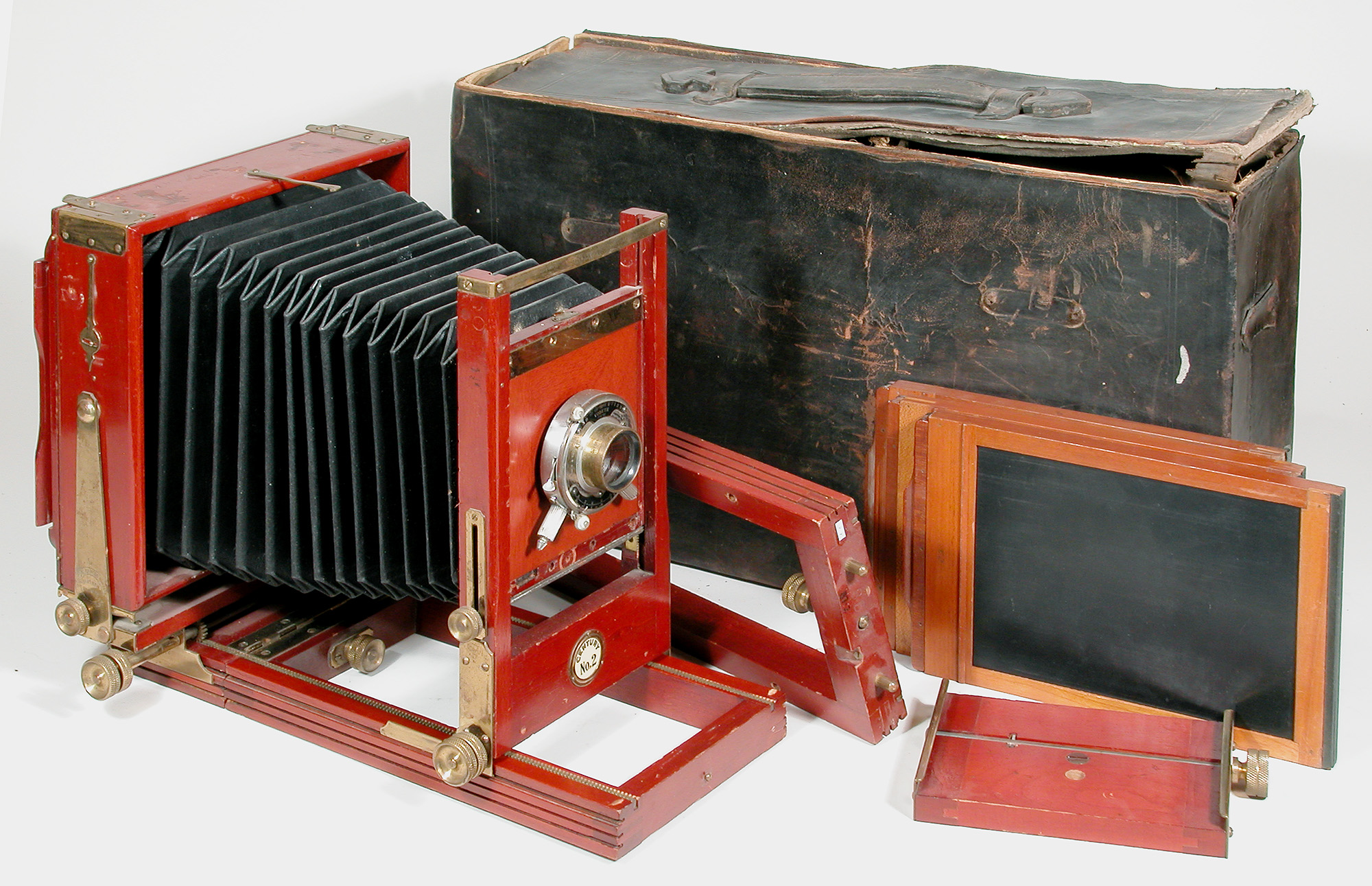The 52 Project, Week 20: The Longest 20 seconds of My Life
 Tuesday, January 4, 2011 at 11:37PM
Tuesday, January 4, 2011 at 11:37PM It’s a giant stack of straw bails, how hard of a picture could that be to take? With an 8x10 camera, it was quite the daunting task. Let’s go to the play-by-play.
 I blame the focus weirdness on the V700
I blame the focus weirdness on the V700
Searching around for something to shoot that definitely cannot move, I find myself driving over to one of my dad’s many straw barns. Lugging the 50+ lbs. of gear into the barn, it’s fifteen minutes before I even have the lens cap off and am ready to begin focusing.
“Oh man, it’s really dark even on the ground glass wide open,” I say to myself.
I pull open the barn door at the far end of the barn, letting a weak, but soft light source fill the front of the image. By thirty minutes, an image is really coming together, sitting upside down and backwards on the ground glass. Now it’s time to meter.
“Shadows are 1 min. at f/32” as I jot down notes from my light meter.
“Underexpose three stops pushing them into Zone II while adding 1/2 stop bellows factor. Now I’m at about 20 sec.’’
I hook up the 2’ cable release to the lens, close the lens, cover the ground glass with dark cloth, and now it’s time for the film. Taking the film holder out of the bag, I’m quick to attaching it to the back of the camera, placing the holder between the ground glass and the bellows. I hear a heart-wrenching “snap” as the holder slips into place. I carefully withdraw the dark slide, and “click”; of course this click lasted 17 nerve-racking seconds.
And so ends just another “simple” 8x10 exposure. Maybe someday later I’ll come back with some “Tales of Tray Processing” and “Film Loading Follies” to accompany this story. But for now, this week’s wrap-up.
Something Good: It looks like a stack of straw bails, and my word is it SHARP!
Something Bad: Light leaked in during the course of loading/unloading/exposure. Still not sure which, but I’ve since exercised proper precautions and have had little troubles.
Something Learned: I need to get much faster at setting up and tearing down this camera. This one exposure clocked in at just over an hour when all was said and done. The last time I took a similar shot (link), that “process” was about five seconds worth of composition. Is the larger negative worth all the trouble? I guess that’s for each of us to decide.
Next Week: Taking the 8x10 to the streets. Good times, good times. ^__^


